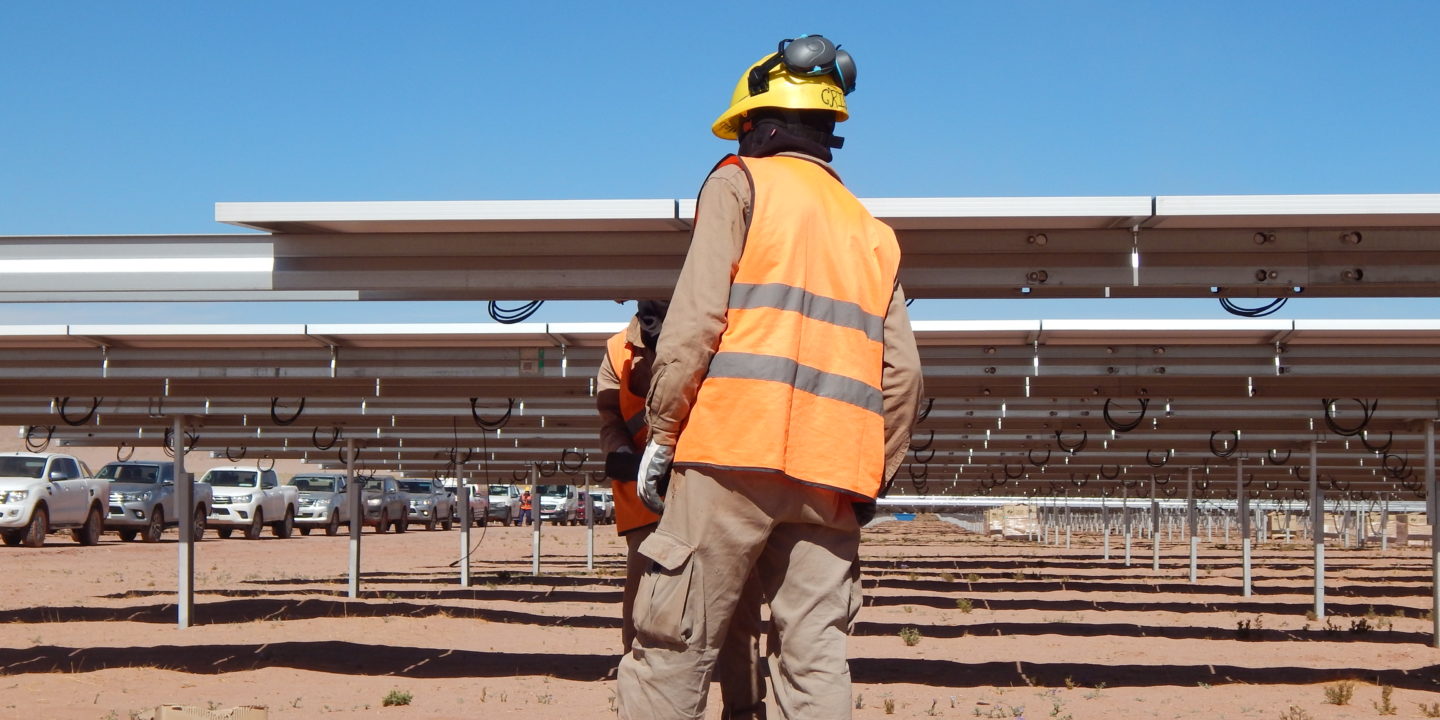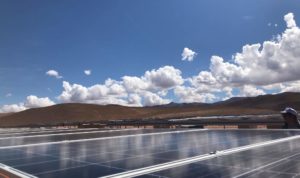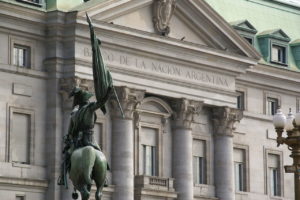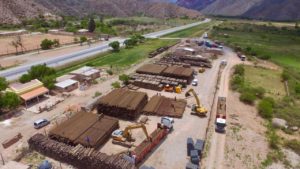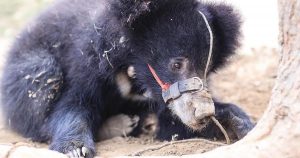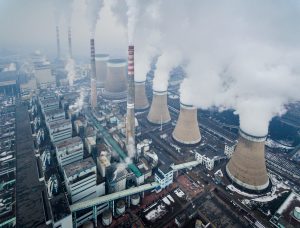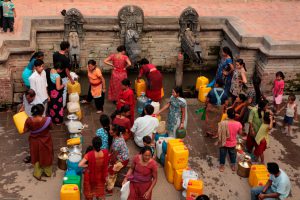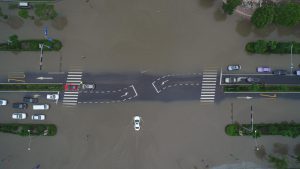Like numerous countries under quarantine, Argentina has paused to stop the spread of the coronavirus, which has more than 1,700 registered cases nationwide. The measure has paralysed the economy, and notably, Argentina’s recently reinvigorated renewable energy development, with numerous projects stalled.
The new government of Alberto Fernández has limited movement throughout the country, only allowing Argentines to carry out essential activities such as food production and distribution. An extension to the initial three-week lockdown is being assessed.
This has meant bad news for Argentina’s renewables development, a sector already hit by a lack of finance as the country’s economic crisis rolls on. Moreover, support from Fernández, who is more prone to oil and gas, has been tepid.
These aren’t good signs. There won’t be any growth in wind energy with this current context
At least ten wind and solar projects from companies, many Chinese, including Goldwind and Power China, and the Argentine Genneia and Petroquímica Comodoro Rivadavia (PCR) halted construction or commissioning due to the recent quarantine. These projects represent more than 1,000 GW of energy, according to company estimates.
“The plant is finished but we cannot do the necessary tests to start operating. We had to delay all our deadlines and now we estimate to be operational in the second half of the year,” said Carlos Oehler, head of the provincial energy company Jujuy JEMSE, which runs the Cauchari solar park.
Cauchari is the largest solar plant in Latin America, with 1.2 million solar panels. China Export-Import Bank (China Exim) financed the project, which JEMSE and Chinese company Shanghai Electric Power Construction (SEPC), a subsidiary of the Powerchina construction group, built.
However, its official inauguration has been halted, as have many other projects. Four wind farms Goldwind are building in the southern Chubut province, with a combined installed capacity of 250 MW, are also stalled, as are three Genneia parks in the same province and PCR’s projects in Santa Cruz.
“Stopping the development of the parks affects the entire production chain. The small companies that provide supplies to the parks are unemployed and are not working because of the quarantine,” said Marcelo Álvarez, member of the Argentine Chamber of Renewable Energies (CADER).
Renewables in Argentina: a sector on pause during coronavirus
Renewable energies face new challenges in Argentina that go beyond the coronavirus outbreak. After growing their share of the energy matrix from 1% to 8% in the last four years, the sector’s future has been unclear since Fernández took office in December. The coronavirus could now relegate it further down his list of priorities.
With the change of government in December, the office at the energy ministry in charge of renewables was demoted from secretary to undersecretary, still with no named person in charge.
131
renewable energy parks have become operational in Argentina since 2016
Since 2016, when the RenovAR renewable energy auctions started, 131 renewable energy parks, mostly wind power, have entered into commercial operation. There are 70 under construction and seven nearing inauguration. Total investment has hit US$4.25 million. However, there are also 99 projects halted and seven have been cancelled.
The negative economic outlook in Argentina hasn’t helped. The government is renegotiating its external debt with private creditors and the possibility of a second sovereign default since the turn of the century makes renders construction of new parks.
On top of this, the energy network in Argentina is near saturation point and investment in wind and solar generation in the last four years has not been matched by new distribution networks. Without it, it is difficult to imagine new projects taking off, industry sources say.
“Argentina’s country [sovereign] risk has spiked amid the debt restructuring process with creditors and the possibility of a new default. These aren’t good signs. There won’t be any growth in wind energy with this current context,” said René Vaca Guzmán, President of the Argentina Wind Energy Chamber.
Argentina hit its goal of reaching 8% electricity consumption from renewable sources at the end of 2019, a year after outlining it the December 2018 renewable energy law. The second objective of the law – 20% by 2025 – looks even more difficult given current conditions.
“It is important that the objectives set in the law are met. Despite the vicissitudes that the current general economic framework may generate and its impact on the wind generation industry, the objectives should remain as the main goal,” said Gustavo Castagnino, director of corporate affairs at Genneia.
Vaca Muerta
Though renewable energy does not appear on the new government’s list of priorities, new hydrocarbon projects do. None more so than Vaca Muerta, the main shale oil and gas reserve in Argentina and one of the biggest in the world.
“Hydrocarbons will be a lever for the productive development of our country,” Fernández told the opening of sessions of Congress in early March. Behind that message is Argentina’s need to attract investment that can mobilise the economy.
At 30,000 square kilometers, Vaca Muerta covers the provinces of La Pampa, Mendoza, Neuquén and Rio Negro. It is estimated to store nine million cubic meters of unconventional gas and 16 million barrels of oil.
Currently only 5% of reserves are being tapped. Various companies including Shell, Wintershall, Sinopec and Pan American, work in the area but boosting extraction would require an injection of new funds. This would allow an increase in the country’s exports and the generation of new revenues.
However, the recent crash in oil prices complicated government plans. For extraction to be profitable, it is estimated that the price of a barrel of Brent crude should be above US$40, far from the current $27.
“We are in the middle of a serious problem. The development of Vaca Muerta was one of the government’s main goals, said Jorge Lapeña, former energy secretary. “Companies will have to analyse whether it is worthwhile for them to maintain production at these levels.”
The drop in the price of oil led companies and producing provinces to ask the national government to subsidise the domestic barrel in order to safeguard production and future investments. However, Argentina’s depleted state coffers make this challenging.
Argentina already spends millions of pesos every year subsidising Vaca Muerta. Last year, companies received 27.6 billion pesos (US$423 million), nearly three times more than in 2018. The figure represents 12.1% of all government energy subsidies.
Boosting oil activity through new subsidies, as opposed to developing renewable energy, could also undermine the country’s climate commitments. Argentina promised to reduce its greenhouse gas emissions by 18% by 2030, a goal that it hopes to meet with clean energy projects, the national climate plan says.
“By subsidising the price of oil, someone is going to have to pay the difference between international prices, and that is going to be the state,” said Gustavo Perego, director of the Abeceb consultancy. “There are many jobs at risk if the activity slows down, but such a measure would be very costly for the government.”
